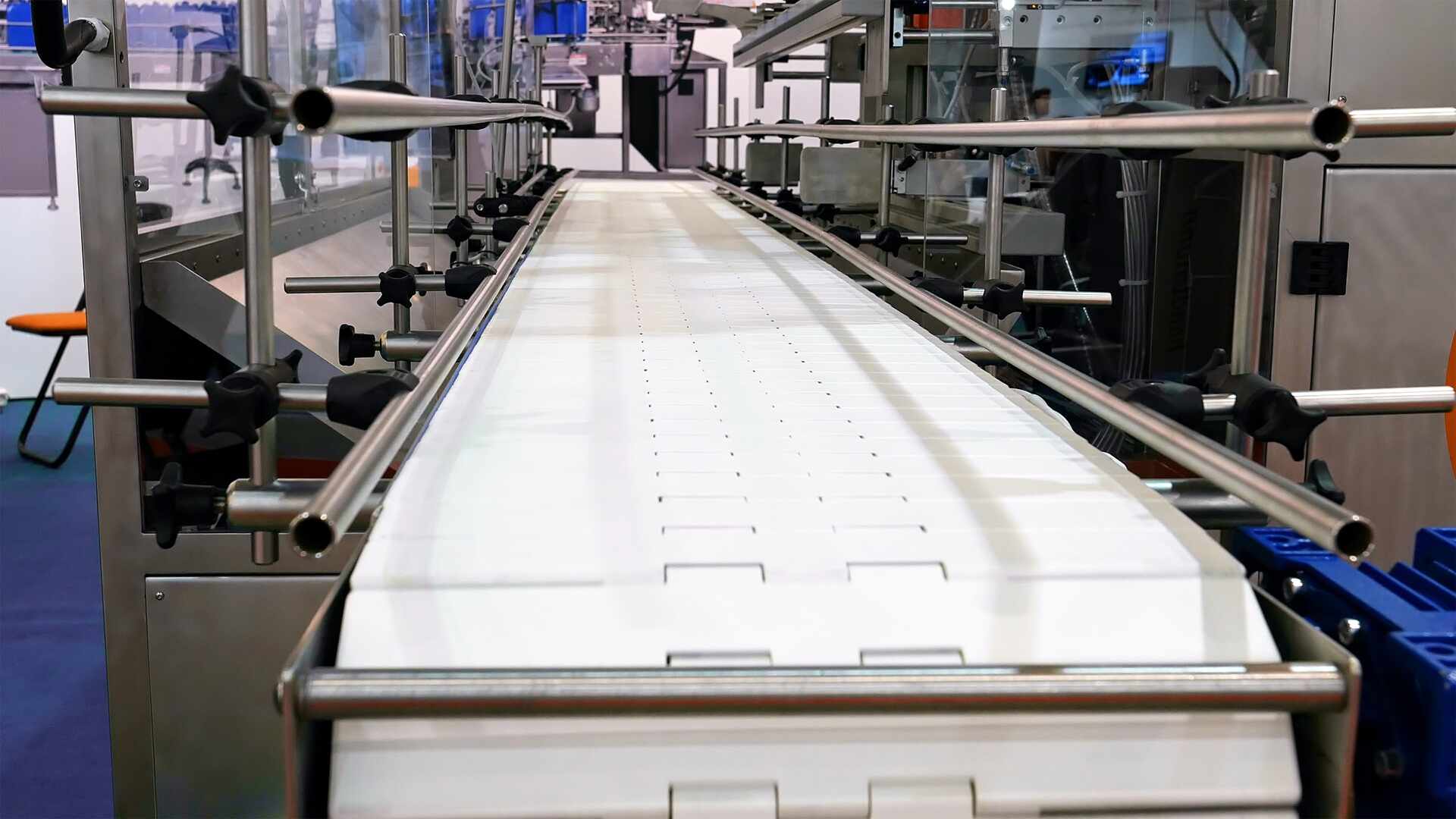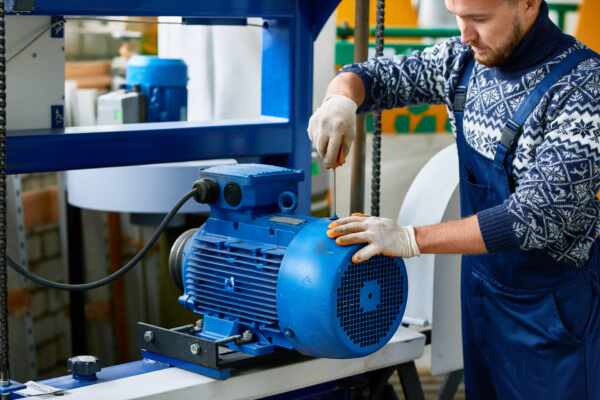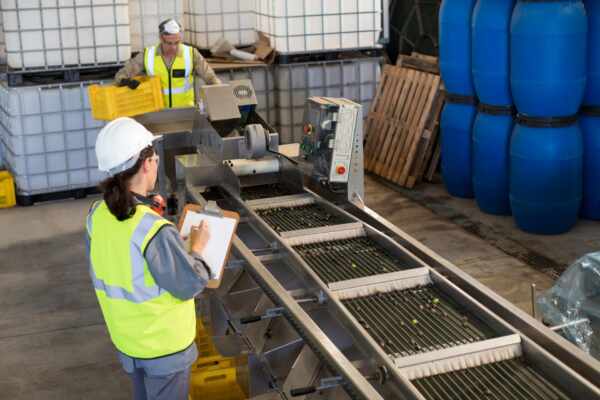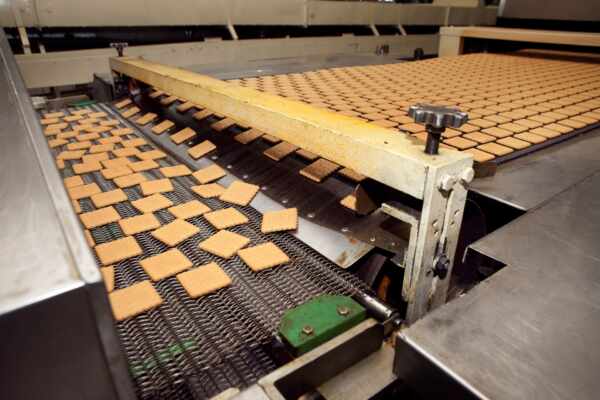Conveyor belts are a vital component of food manufacturing operations, playing an essential role in transporting food products through various stages of production. To maintain efficiency and minimise downtime, it’s crucial to ensure that conveyor belts and their associated components are in optimal working condition. One approach to achieving this is through implementing predictive maintenance strategies.
Predictive maintenance refers to monitoring and analysing conveyor belt system data to identify potential issues before they escalate, resulting in higher costs or downtime. By leveraging various technologies, such as sensors, data analytics, and machine learning algorithms, predictive maintenance can help food manufacturers keep their conveyor belt systems running smoothly and efficiently while maintaining compliance with strict food safety standards.
In this comprehensive guide, we will discuss the benefits of predictive maintenance for conveyor belts in food manufacturing, delve into the key technologies and techniques involved, and explore best practices for implementing a successful predictive maintenance strategy.
Moreover, we will examine how predictive maintenance can complement other maintenance approaches, such as preventive and reactive maintenance, to optimise your food manufacturing operation.
Predictive Maintenance Strategies for Conveyor Belts in Food Manufacturing
Benefits of Predictive Maintenance for Conveyor Belts
Implementing predictive maintenance strategies for conveyor belts in food manufacturing offers several key benefits:
1. Reduced Downtime: By identifying potential issues early, predictive maintenance helps prevent equipment failures and minimize unscheduled downtime. This enables food manufacturers to maintain production efficiency and meet production targets.
2. Improved Cost-Efficiency: Early detection and resolution of conveyor belt issues can help reduce maintenance costs and extend the lifespan of conveyor belt components, resulting in long-term cost savings.
3. Enhanced Food Safety: A well-maintained conveyor belt system contributes to a cleaner and safer production environment, ensuring compliance with food safety regulations and lowering the risk of product contamination.
4. Optimized Maintenance Planning: Predictive maintenance allows food manufacturers to schedule maintenance tasks more effectively, allocating resources efficiently and reducing disruptions to production schedules.
Key Technologies and Techniques in Predictive Maintenance
The success of predictive maintenance strategies relies on a combination of data collection, analysis, and action. Key technologies and techniques used in predictive maintenance include:
1. Sensors: A variety of sensors can be integrated into conveyor belt systems to monitor critical parameters such as belt speed, tension, temperature, and vibration. This data can then be used to detect anomalies or potential issues, allowing for early intervention and maintenance.
2. Data Analytics: Advanced data analytics tools and algorithms can process and analyse large volumes of sensor data, helping to identify patterns, trends, and correlations that indicate the health of a conveyor belt system.
3. Machine Learning: Machine learning algorithms can be employed to continuously “learn” from sensor data and historical maintenance records, refining the accuracy of predictive maintenance models over time and enabling more precise identification of potential issues.
4. Remote Monitoring and Diagnostics: Cloud-based platforms can facilitate remote monitoring and diagnostics of conveyor belt systems, enabling real-time collaboration between food manufacturers and maintenance experts, regardless of physical location.
Best Practices for Implementing Predictive Maintenance Strategies
To maximise the benefits of predictive maintenance for your conveyor belt system, consider the following best practices:
1. Identify Key Performance Indicators (KPIs): Establish measurable KPIs related to conveyor belt performance, such as equipment availability, mean time between failures (MTBF), and maintenance costs. These KPIs will help you track the effectiveness of your predictive maintenance strategy over time.
2. Integrate Sensors and Data Collection Tools: Invest in the appropriate sensor technologies and data collection tools to effectively monitor conveyor belt system performance. It’s essential to ensure compatibility between sensors, data collection tools, and existing conveyor belt equipment.
3. Leverage Expert Knowledge: Consult with industry experts, like Change Parts, to help guide the implementation of predictive maintenance strategies. External expertise can provide valuable insights into the selection of suitable technologies and the interpretation of data analytics results.
4. Train Your Staff: Provide comprehensive training to your staff on the use and maintenance of predictive maintenance technologies and platforms. This includes understanding how to operate and maintain sensor equipment, interpret data analytics findings, and apply corrective actions based on predictive maintenance insights.
5. Continuously Improve Predictive Maintenance Models: Continually refine and update your predictive maintenance models to reflect changes in your conveyor belt system, as well as new insights gained through ongoing data analysis and machine learning.
Complementing Predictive Maintenance with Other Maintenance Approaches
While predictive maintenance offers significant benefits, it should not be considered a standalone solution. A comprehensive maintenance strategy should also include preventive maintenance, in which routine inspections and maintenance tasks are conducted at scheduled intervals, as well as reactive maintenance to address unforeseen equipment issues or failures.
By combining predictive, preventive, and reactive maintenance approaches, food manufacturers can optimise their conveyor belt systems, ensuring maximum reliability, efficiency, and food safety compliance.
Final Thoughts
Predictive maintenance is a powerful approach to conveyor belt system maintenance in food manufacturing, offering numerous benefits, from reduced downtime and improved cost-efficiency to enhanced food safety compliance.
By leveraging key technologies, techniques, and best practices, food manufacturers can implement a successful predictive maintenance strategy that complements other maintenance approaches and optimises the performance of their conveyor belt systems.
To tap into expert advice and industry-leading conveyor belt systems in Australia that will support developing and implementing your predictive maintenance strategy, partner with Change Parts. Contact us today to explore tailored solutions, exceptional products, and comprehensive support that can help your food manufacturing operation reach new heights of efficiency and reliability!




